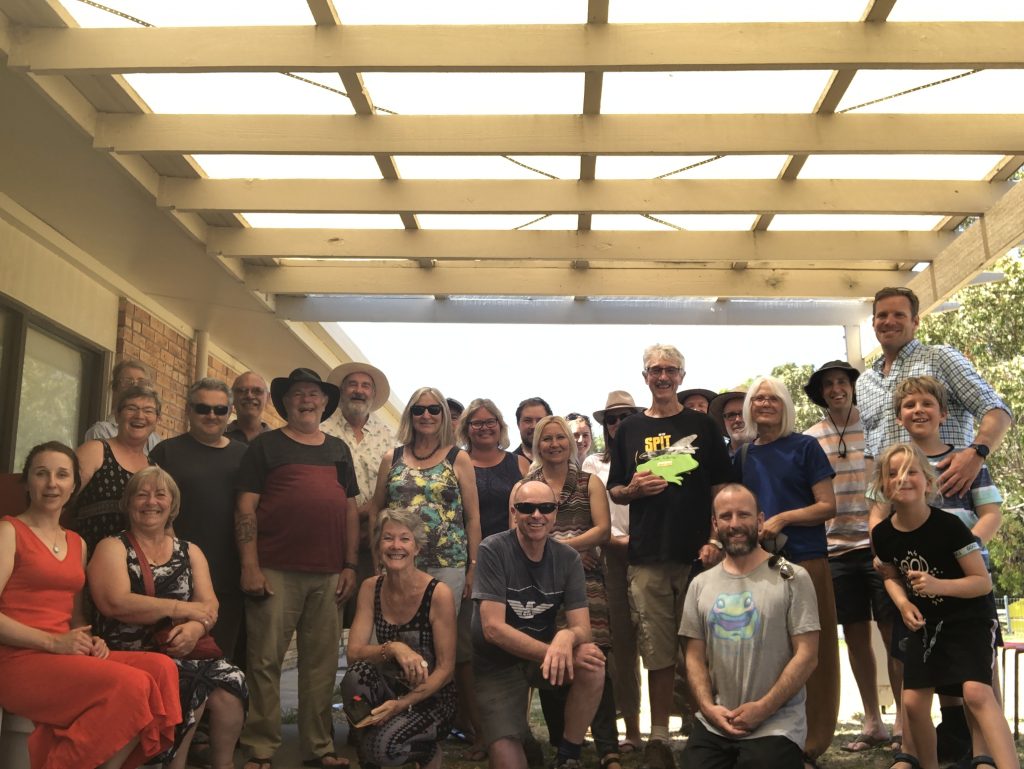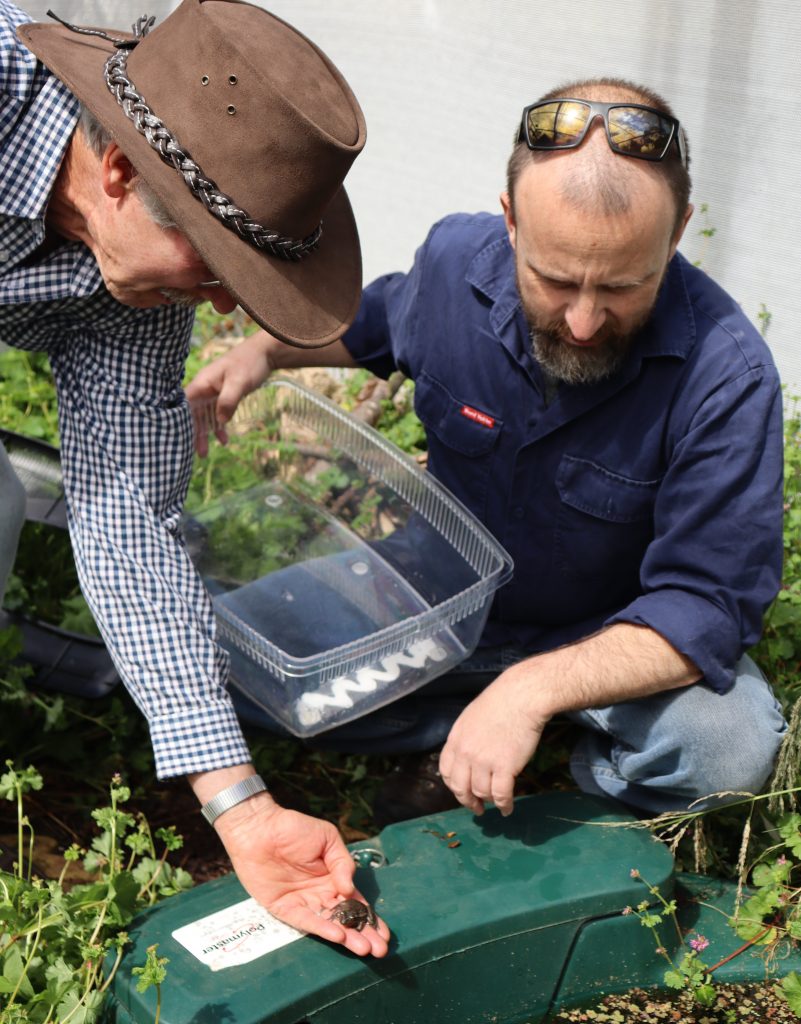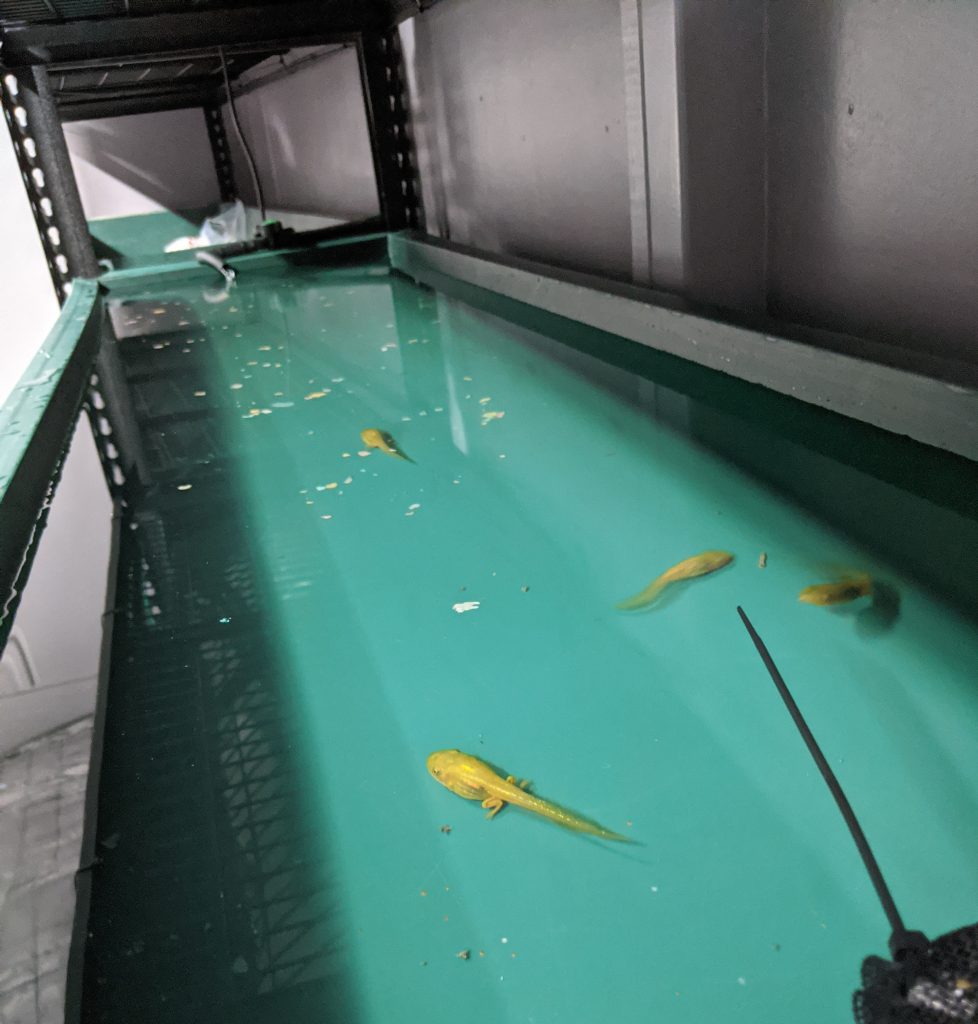Grassroots recovery of an endangered species
The “Help the Southern Bell Frog Bounce Back” project reached a milestone this week as volunteers released the first generation of captive bred Southern Bell Frogs into their breeding pens. The Southern Bell Frog or Growling Grass Frog (Litoria raniformis) was once common throughout south eastern Australia but has been in decline since the late 1970s. The ‘Millennium Drought’ in the 2000s resulted in greatly reduced flows which caused declines in a range of water-dependent species. This was true for the Southern Bell Frog which declined across the region and has failed to re-establish in subsequent years. In the lower Murray River of South Australia the species has declined from around 50 known populations to fewer than five.
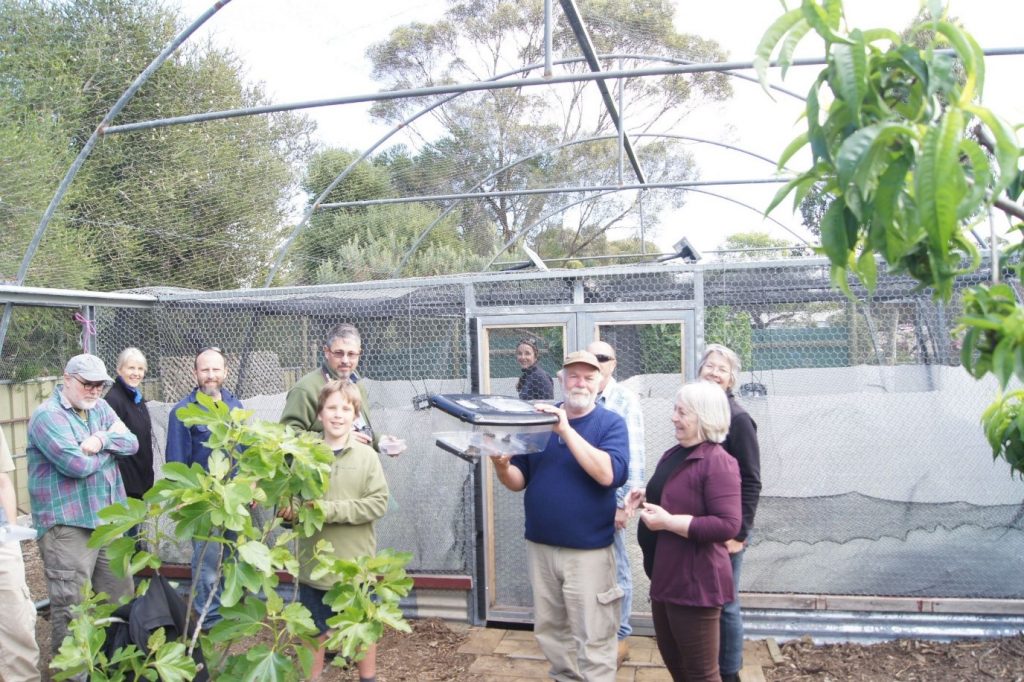
To restore this endangered species the Foundation for Australia’s Most Endangered (FAME) have teamed with Aquasave-Nature Glenelg Trust to establish a captive breeding and translocation program on the banks of Lake Alexandrina. The program has two facilities: the outdoor breeding pens and the hatchery. The outdoor pens are frog-proof, open-air enclosures which allow the frogs to experience seasonal cues like increasing day length and storm events. These natural cues to mature and breed are difficult to recreate indoors.
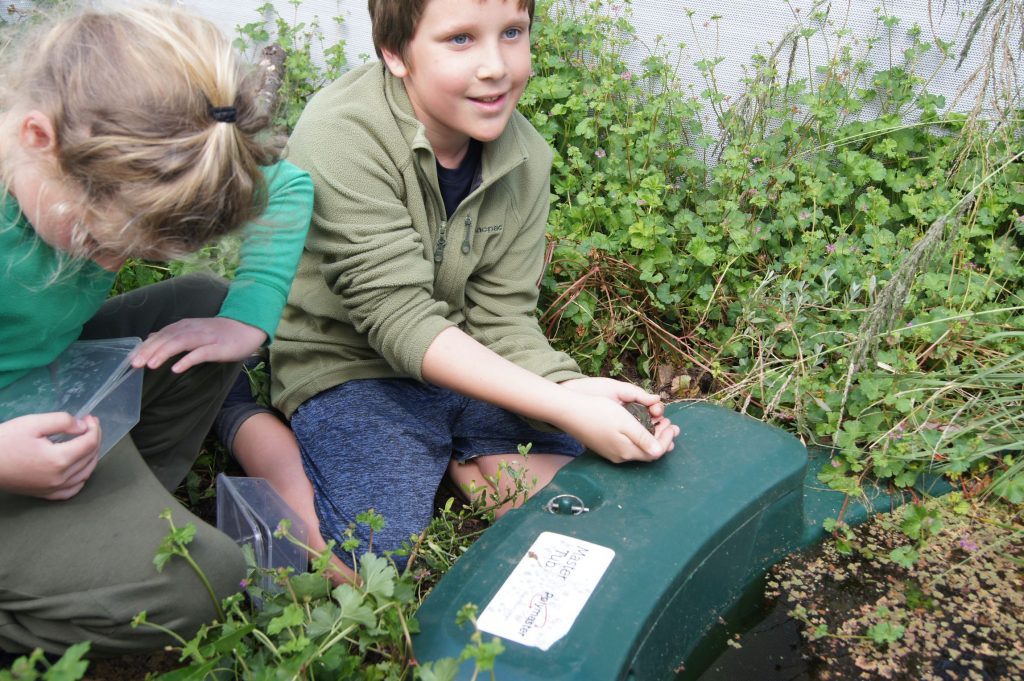
The outdoor pens allow our precious broodstock to live without predation or disease and for volunteers to easily feed the animals and monitor for signs of spawning. Frogs spawn in ponds during spring and summer and as spawn is detected it is moved immediately into the nearby hatchery.
Last week volunteers gathered to release our first generation of 32 broodstock into the outdoor pens. These animals were collected from the wild as tadpoles and raised to maturity in the hatchery.
In the hatchery we rear the tadpoles for about 12 weeks until metamorphosis. During this time, we feed volunteer-grown kale and lettuce.
Tank water is changed regularly, and we monitor for signs of disease. At peak production the facility will supply between 6,000 and 30,000 release animals each year. As the last of the tail is absorbed, the metamorphs are released into carefully managed wetlands in the region.
The project is the brainchild of Clayton Bay locals Peter and Mia Mirtschin who have unified the local community around this issue. Volunteers now work together to grow tadpole food, breed insects, maintain the breeding enclosures and provide daily care to the animals. Several organisations have pitched in too, pledging stewardship and environmental management at key release sites. We are all very excited to be a part of this program and to show the world what grass roots conservation projects can achieve.
